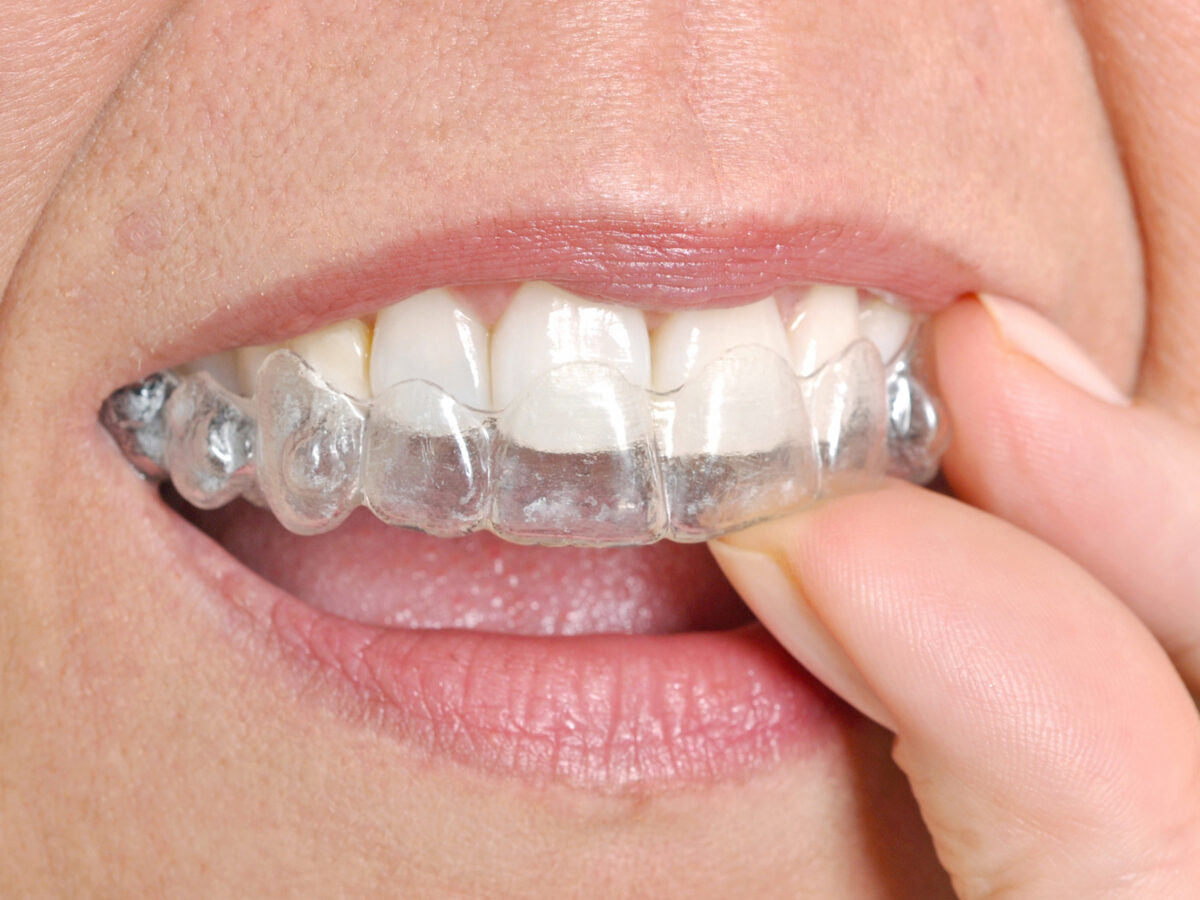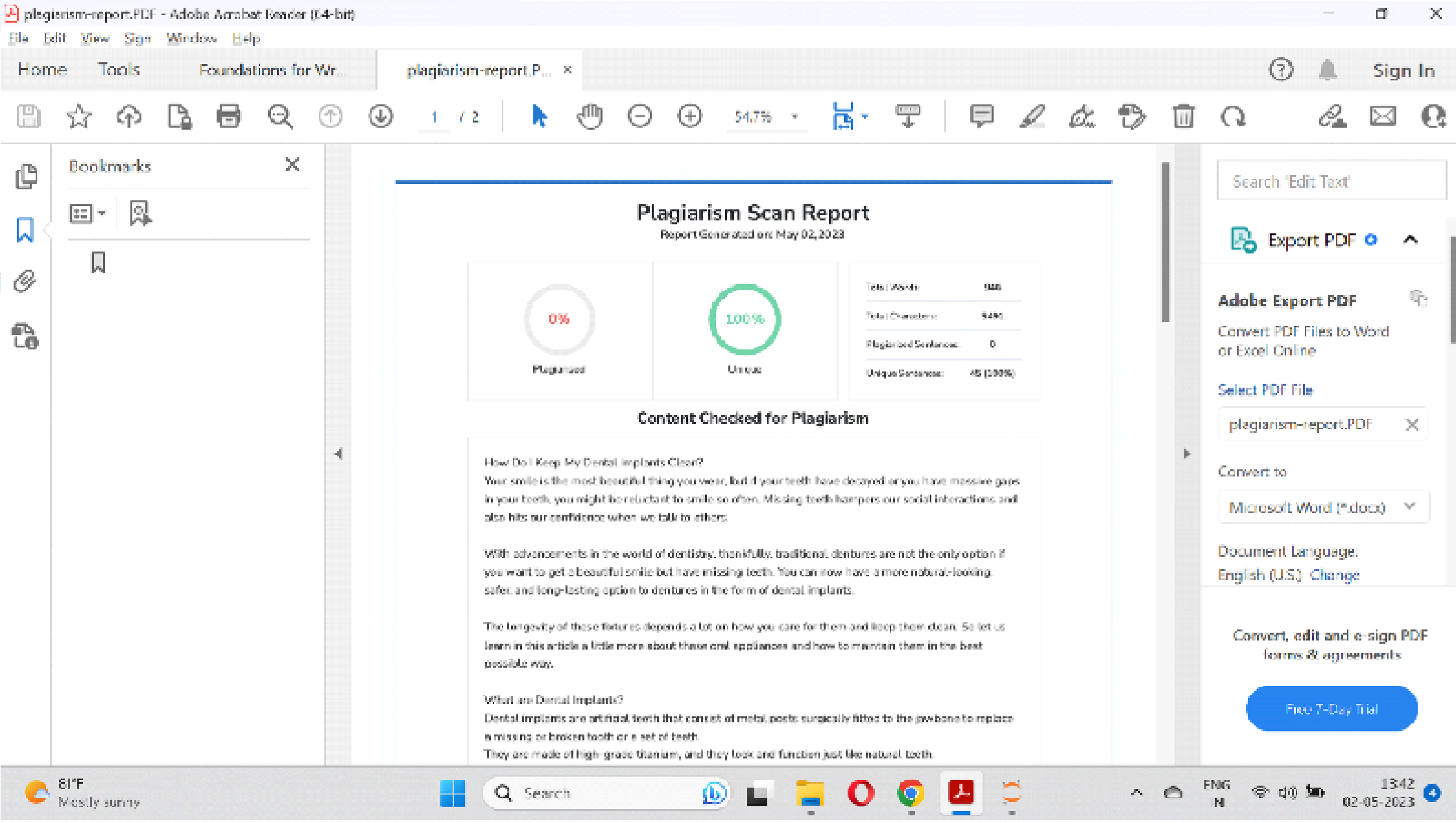Invisalign is a wonderful way to straighten your teeth, as the clear aligners are invisible to others. They are aesthetically pleasing and highly effective, and you can complete your treatment anywhere between twelve to eighteen months, based on the complexity of your case. Moreover, these aligners can be removed as and when you wish so that you can eat all your favorite food and also enjoy playing various sports by taking out these aligners.
But the treatment comes with its own set of rules, and if not followed properly, you might not get the desired results, or your results might revert. You need to wear these clear trays for at least twenty to twenty-two hours a day, and after the treatment your orthodontist will provide you with a set of retainers, which are supposed to be worn as directed by your doctor.
So what happens when I lose my retainer? Do I get a replacement, how do I manage my teeth from not shifting back into their place, many such questions might be swarming your mind if you are on Invisalign treatment.
Read on to learn the importance of retainers in your orthodontic journey and what to do if you lose or break them.
Why Should I Wear Retainers?
Retainers prevent your teeth from shifting back to their original position once you have achieved your desired results after the treatment.
⦁ Initially, you might be reluctant to wear another oral appliance after Invisalign, but you must understand that without retainers, all the good work might go to waste.
⦁ You might not notice initially, but by not wearing retainers for a long time, you will start noticing changes in your bite and teeth alignment.
⦁ Your retainers would feel tight and uncomfortable if not worn regularly, and you might have to go for another set.
⦁ Some of the changes in teeth positions might be corrected by getting another set and wearing them regularly, but if you have not worn them for quite some time, your teeth are almost as crooked as they were, to begin with, and you might have to restart your Invisalign treatment.
What Happens if I Lose My Retainers?
We are all humans which makes us vulnerable to mistakes such as losing retainers. But do not panic if you have lost or broken them. This is something orthodontists have seen happening quite often, and you would surely be able to find a resolution.
⦁ Call your orthodontist immediately – The first thing you would do is call your doctor and inform him or her about losing your Invisalign retainers. Your doctor would be able to guide you regarding the next course of action and also help in ordering new retainers.
⦁ Move back to your previous aligner – You must always keep your previous aligners and retainers with you so that you do not lose all the work that was done until the point you lose your retainer. Start wearing your previous aligners till the time you get to meet your dentist. The replacement retainer might take some time in production, so you must ensure your teeth do not shift back.
⦁ The retainer would be ready in two to three weeks – Typically, an Invisalign tray takes two to three weeks to be made and delivered. On your appointment day, your dentist would take digital impressions of your teeth using advanced 3D printing technology, which is then sent to the laboratory for manufacturing your trays.
⦁ Broken retainers – If you have broken them, you first need to assess the damage before taking action.
⦁ Cracked – If the tray is only slightly cracked, it is most likely fine to keep wearing them, as these aligners hold together fairly well even after a crack. But you must be careful while inserting and removing them because any harsh action can cause them to break or crack further.
⦁ Split – If the tray is split and even slightly bending it alters its shape, it’s best to discard them. Wearing such a retainer would not provide any benefit. Do not attempt to use any form of glue to stick them together, as the adhesive has toxic chemicals that can go inside your system.
It is normal to lose your Invisalign retainer, but you must take the necessary steps, like talking to your dentist and shifting back to the previous aligner, if you do not wish to lose the perfect alignment of your newly aligned pearly whites.




